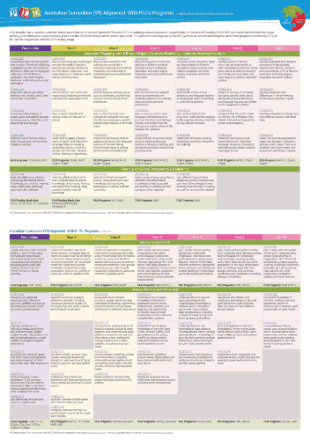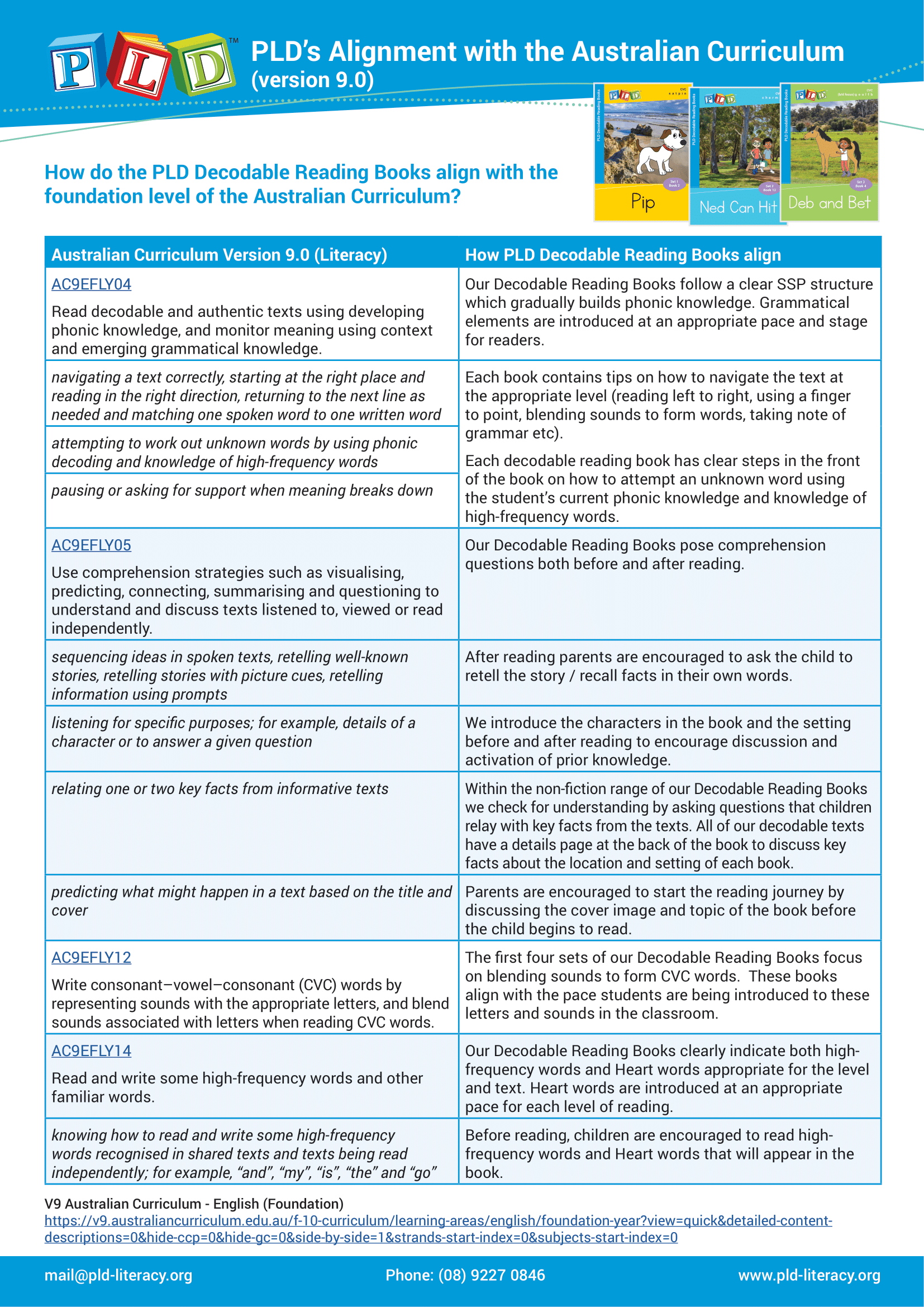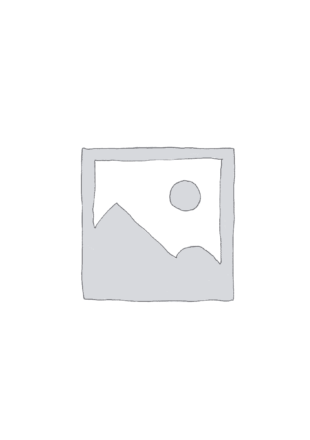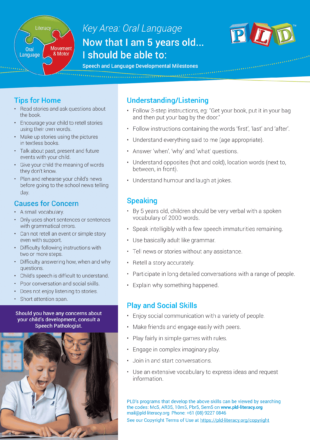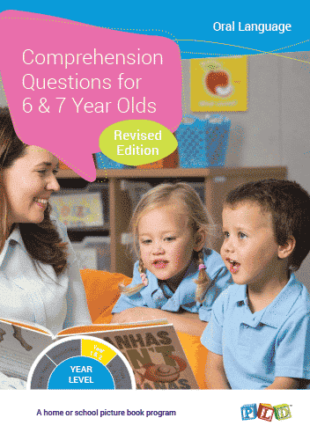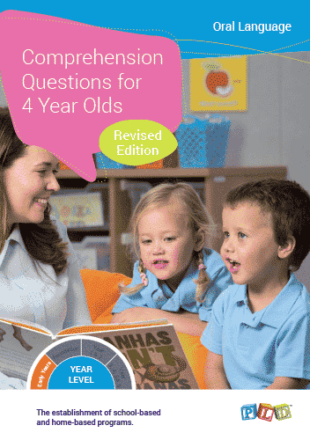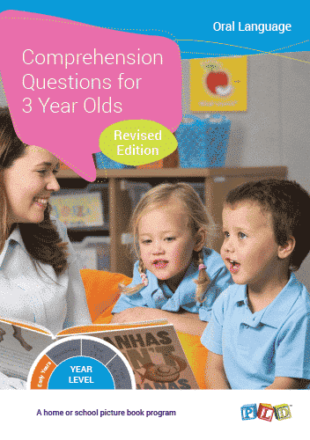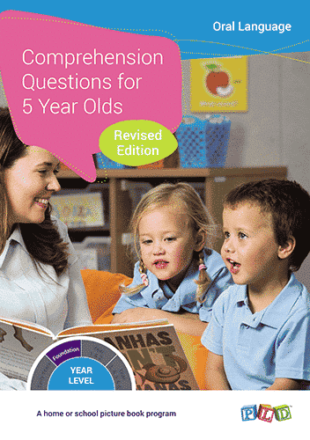-
PLD’s Alignment to the Australian National Curriculum
How does PLD align to the Australian National Curriculum?
In the attached download we have outlined where PLD applies to each year level, the content code and descriptor and the related PLD programs.
-
PLD’s Alignment with the Early Years Learning Framework
-
PLD's Decodable Reading Books Alignment with the Australian Curriculum
Overview of Story Telling Development – Ages 2 to 7
A fact sheet which outlines an overview of story telling development.
Narrative tasks (i.e. storytelling, telling news, reports) require the organisation and sequencing of ideas, establishing the main idea and taking different perspectives. Children’s storytelling skills develop over time.
Here are the stages of Story Telling Development for children aged 2 – 7 years:
- Stage 1: Heaps (2 Years). The child relates a collection of unrelated ideas. No cohesive links (e.g. and, then) are used
- Stage 2: Sequences (2-3 Year Olds). The child starts to link story elements together. There is a central character, topic or setting. Tends to be a basic description of the event with no causal or time links.
- Stage 3: Primitive Narratives (3-4 Year Olds) Part 1. Stories contain a central character, topic or setting. They may include emerging story structure elements (i.e. initiating event, actions, consequences), and will often discuss a character’s emotions and expressions. Basic joining words to link ideas may be used (e.g. and, then).
- Stage 3: Focused Chains (4½-5 Year Olds) Part 2. Stories now contain a central character and a logical sequence of events. Stories have a cause and effect or temporal (time) relationship but the plot does not show the attributes or the motivations of the characters. Endings may be abrupt.
- Stage 3: True Narrative (6+ Year Olds) Part 3 & 4. Stories now focus around an incident. There is a true plot, character development and sequence of events. The problem in the story is resolved in the end.
See our Copyright Terms of Use at https://pld-literacy.org/help-pages/copyright-policy/.
Books: PLD’s books may be used by the authorised purchaser within their classroom, however there are restrictions regarding modifying, copying or sharing. Full details can be found here.
eBooks: eBooks will be stamped with the name and email address of the purchaser and may only be used by the authorised purchaser (an individual user) within their classroom. eBooks may NOT be shared with other users or stored on a shared drive/portal/server/LMS. Learn more here.
School Licences: A School Licence allows access to a resource to be shared with an unlimited number of employees who are employed by the ‘Authorised purchaser’. These resources can be accessed by multiple users simultaneously and can be printed (subject to restrictions) or displayed by employees of the ‘Authorised purchaser’ within their classroom. Learn more here.
Downloadable resources & screening tools: These resources can be viewed, downloaded, printed and shared providing the resources are not modified in any way. Learn more here.
Breaches of Australian Copyright Law are taken seriously and may result in legal action being taken. Full copyright information can be found. Learn more here.




